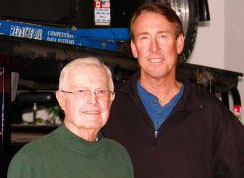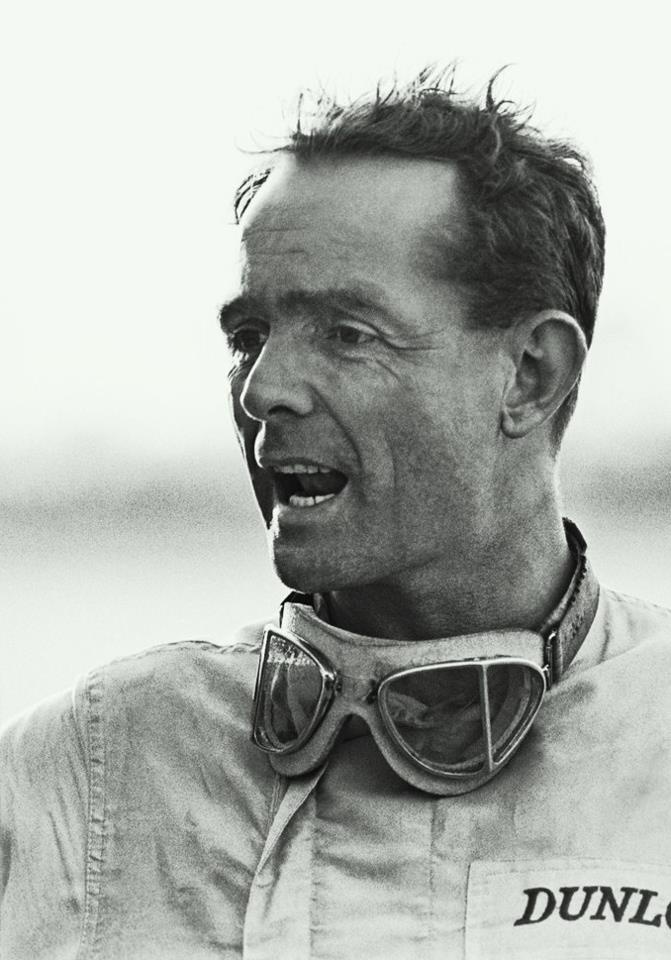The 2017 SCCA Hall of Fame class includes three current members of the RRDC – Peter Brock, Joe Huffaker, Sr. and Lyn St. James. In addition, Phil Hill is among the eight new inductees.
Formal induction will take place at the SCCA Hall of Fame and Awards Banquet Saturday, Jan. 21, 2018, the final day of the club’s National Convention at the South Point Hotel and Casino in Las Vegas.
PETER BROCK
At 19, Pete Brock became the youngest designer ever hired by General Motors. In Nov. ‘57, the then-21-year-old drew the sketch that GM VP Bill Mitchell saw on Brock’s cubical wall and picked to become the Stingray. A native of the 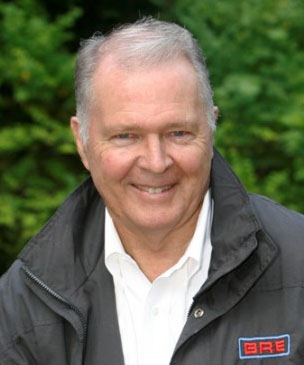 San Francisco Bay area, Brock also began racing with SCCA around that time.
San Francisco Bay area, Brock also began racing with SCCA around that time.
Brock was Carroll Shelby’s first employee. One of his early projects was designing the iconic Shelby Daytona Cobra coupe that won the ‘65 FIA World GT Championship. During his time with Shelby, he helped create the Shelby American brand logos, merchandise, ads, car liveries and more. He also designed the Shelby components of the Shelby Mustang GT350.
In ’65, Brock started Brock Racing Enterprises which later became Datsun’s West Coast factory race team competing in SCCA D Production races with Datsun 2000 roadsters. In ‘70 and ‘71, BRE took on C Production with 240Zs and earned national championships. He followed that up in ‘71 and ‘72 with 2.5 Trans Am national championships in Datsun 510s.
JOE HUFFAKER, SR.
For more than 30 years, Joe Huffaker Sr. was one of the most successful racecar constructors. In ‘54, he was contracted to build an Austin-Healey Special. The car, known as the Huffaker-Healey, was a common site in the late 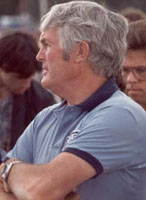 ‘50s on race tracks in Northern California.
‘50s on race tracks in Northern California.
In ‘59, Huffaker joined British Motor Cars in San Francisco to open a competition department. Known as BMC Competition Department, this effort spawned a very successful string of cars including the BMC Formula Juniors and Genie Sports Racers. During this era, BMC Competition Department became one of the largest racecar manufacturers in the United States.
From ‘64 to ‘66, Huffaker’s attention was turned toward Indianapolis 500 competition. He was instrumental in building the famous MG Liquid Suspension Specials, for which he
received an engineering award for design and development. Huffaker also helped develop safety technology, specifically the deformable fuel cell.
Not forsaking SCCA racing, BMC Competition continued to build dominate production racecars – MGBs and Jaguar XKEs. But in ‘67, Huffaker left BMC and formed Huffaker Engineering where preparation of winning cars continued. These included SCCA championship winning MG Midgets, MGBs, Triumphs and Jensen-Healeys. In the ‘80s, Huffaker Engineering built Pontiac racecars for the Trans Am and IMSA series.
LYN ST. JAMES
Lyn St. James started in Florida as a racer in Showroom Stock classes and was the ‘76 and ‘77 Florida regional champion. A two-time class winner at Daytona, a class winner at Sebring and a class winner at the 24 Hours of 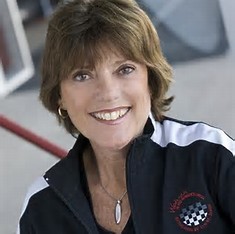 Nürburgring, she has also competed at Le Mans and was a ‘88 record speed holder of 212.577 at Talladega in a Ford Thunderbird.
Nürburgring, she has also competed at Le Mans and was a ‘88 record speed holder of 212.577 at Talladega in a Ford Thunderbird.
St. James entered 53 SCCA Trans Am races and was a top-five finisher seven times. She also entered 62 IMSA GT races, and was a top-five finisher 17 times. She is the only woman to win an IMSA GT race driving solo, when she won in ‘88 at Watkins Glen.
The Indy 500 Rookie of the Year in ‘92, James went on to form the Women in the Winner’s Circle organization dedicated to the advancement and promotion of women in the motorsports industry. Outside of racing, she was also the President of the Women’s Sports Foundation during the early ‘90s.
PHIL HILL
The only American-born racer to ever win the World Drivers’ Championship, Phil Hill was one of the first dozen
members of the California Sports Car Club. He began his storied career wrenching on others’ cars and went on to compete in major SCCA races. He piloted assorted Alfa Romeos, OSCA’s and various Ferrari’s for wealthy car owners, and quickly gained a reputation as the man to beat in West Coast racing.In ‘55, Hill was the SCCA Champion in D Modified, driving a Ferrari to wins in 8 of 14 races, including the inaugural event at Road America. He began racing outside the U.S. that same year which later landed him a drive with Ferrari in Formula One where in ’61 he would become America’s first F1 World Champion.
Beyond Formula One, Hill exhibited prowess as an endurance driver. He was an overall winner at Le Mans and Sebring three times each and was Sports Illustrated’s ‘59 Sports Car Driver of the Year. The RRDC’s Phil Hill Award has been presented since ’93 to a person who has made outstanding contributions to road racing.
LIME ROCK LUNCH – SAVE THE DATE
Sunday, Sept. 3, 2017

